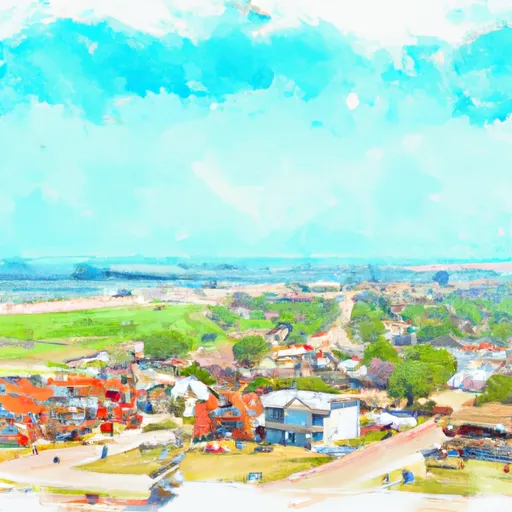°F
°F
mph
Windspeed
%
Humidity











Seadrift, Texas is a small coastal city located in Calhoun County. It experiences a humid subtropical climate with hot, humid summers and mild winters. The average temperature ranges from the low 50s°F in winter to the high 90s°F in summer. The area is prone to heavy rainfall, with an annual average of around 40 inches.
Seadrift's hydrology constituents are mainly influenced by the nearby San Antonio Bay and the Gulf of Mexico. The city is surrounded by estuaries, marshes, and bays, providing abundant fishing opportunities. The bay system supports a diverse range of marine life, including redfish, flounder, and trout.
Outdoor recreation opportunities in Seadrift are plentiful. The area is renowned for its exceptional fishing, attracting anglers from all over. Visitors can enjoy fishing from piers, boats, or even kayak fishing. Seadrift also offers opportunities for birdwatching and wildlife observation in the nearby wildlife refuges and sanctuaries. Additionally, residents and visitors can engage in water sports such as boating, kayaking, and paddleboarding in the bay and Gulf waters.
Overall, Seadrift, Texas provides a coastal haven for outdoor enthusiasts, offering a mix of fishing, wildlife, and water-based activities in its picturesque natural surroundings.
Weather Forecast
Seadrift receives approximately 1002mm of rain per year, with humidity levels near 90% and air temperatures averaging around 22°C. Seadrift has a plant hardyness factor of 9, meaning plants and agriculture in this region tend to thrive here all year round.
Regional Streamflow Levels
0
Cubic Feet Per Second
0
Cubic Feet Per Second
420
Cubic Feet Per Second
165
Cubic Feet Per Second
Nearby Camping
| Camping Area | Reservations | Toilets | Showers |
|---|---|---|---|
| Indianola County Historic Park | |||
| Park Prarie - Lake Fayette | |||
| Lake Texana State Park | |||
| Magnolia Beach | |||
| Brackenridge Plantation | |||
| Austwell City Park |



